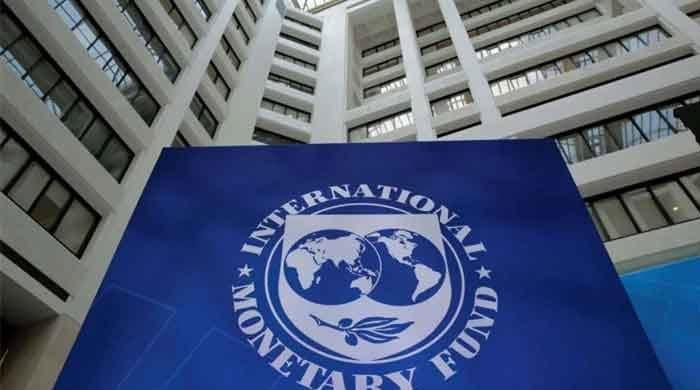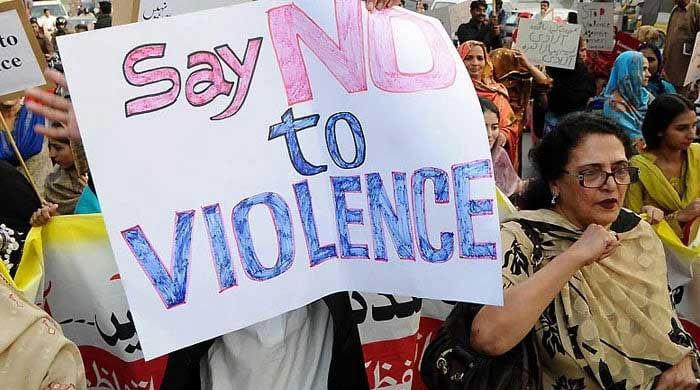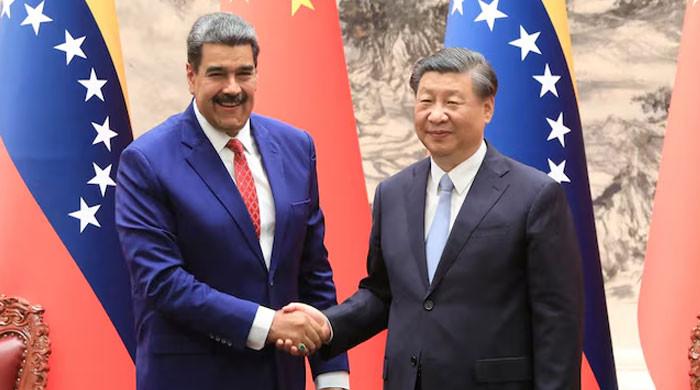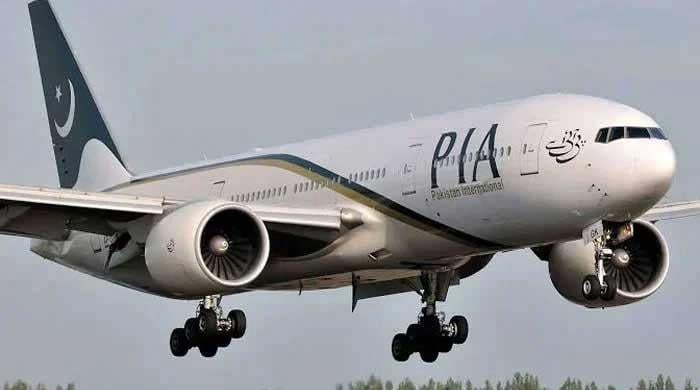75 years on: Where Pakistan lost its way
Largest setback to country has been neglect of human development, writes Ishrat Husain
August 19, 2022
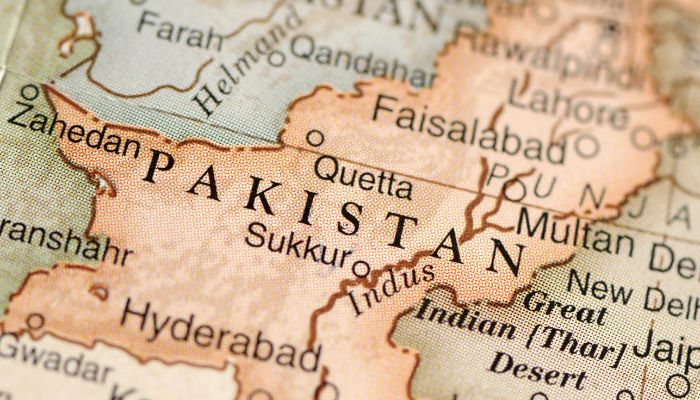
A large majority of Pakistan’s population was born after the country got its independence. The median age today is 23 years and the youth have only experienced economic difficulties and hardships in their lifetime. They are hardly aware of the glory days of Pakistan. Despite the many articles that have appeared on this subject, it is essential to make them aware of the historical context in which they are today leading their lives.
At the time of independence, the prospects of the economic survival of a ramped Pakistan appeared quite dim as it inherited an extremely weak and fragile economy. More than 80 per cent were small farmers, and the rest were shopkeepers and artisans. From India, Pakistan got another eight million impoverished Muslim peasants and hardly any skilled technicians or businessmen. The country had no big industry worth the name except a few cotton mills, a cement factory, railway repair shops.
The financial resources allocated to it at the time of Partition were never released by the Reserve Bank of India and the salaries of the civil servants were paid by a few rich Muslim businessmen. Only a few hundred civil servants opted to serve the country and they formed the nucleus of the new government machinery sitting in dilapidated and makeshift offices. LIFE Magazine had predicted in its issue of January 1948 that Pakistan would collapse within six months as it would not be able to sustain itself economically.
From such a shaky start, Pakistan today is the 24th largest economy in the world with a GDP of approximately 1500 billion (PPP dollars) and per capita income of PPP $6672. In terms of official exchange rate, per capita income is $1700 compared to $100 in 1947. Pakistan's overall growth record has been quite impressive; on average, the economy grew at an annual rate of slightly above 5 per cent during the last six decades. In per-capita terms, the growth rate was 2.5 per cent annually. Consequently, the incidence of poverty has halved from 40 per cent to around 20 per cent. The manufacturing sector has been the most dynamic sector of the economy.
For the first four decades – 1950-1990 – Pakistan was among the fastest growing economies in the developing world. This achievement was remarkable because Pakistan without any industrial base had to rehabilitate and absorb eight million refugees – almost one fourth of the total population; had to fight a war with a much bigger and stronger neighbour in 1965; lost its eastern wing and suffered a trauma in 1971. In the 1970s all major industries, banks, and educational institutions were nationalized. In the 1980s, the country participated in the Afghan war against the Soviet Union which created some harsh social and geopolitical consequences. India in this same period was growing at 3 per cent per annum – almost half of Pakistan’s growth rate. But there are other remarkable achievements that the country can proudly boast of.
A country with 30 million people (present-day Pakistan) in 1947 couldn’t feed itself and had to import all its food from abroad. By 2016, the farmers of Pakistan were not only able to fulfill the domestic needs of wheat, rice, sugar, milk for 200 million people at a much higher per capita consumption level but also export wheat and rice to the rest of the world. Pakistan has emerged as the world’s fourth largest exporter of rice.
Agriculture production has risen more than five times with cotton attaining a peak level of more than 14 million bales compared to one million bales in 1947. Pakistan has emerged as one of the leading world exporters of textiles. Steel, cement, automobiles, sugar, fertiliser, cloth and vegetable ghee, industrial chemicals, refined petroleum and a variety of other products that did not exist at the time are now manufactured for the domestic market and, in many cases, for the world markets too.
Per capita electricity generation is 10,160 kwh compared to 100 in 1947. Pakistan’s vast irrigation network of large storage reservoirs and dams, barrages, link canals constructed during the last six decades has enabled the country to double the area under cultivation to 22 million hectares. Tubewell irrigation provides almost one-third of additional water to supplement canal irrigation.
The road and highway network in Pakistan spans 260,000 kms – more than five times the length inherited in 1947. Modern motorways and superhighways and four-lane national highways link the entire country along with secondary and tertiary roads.
Natural gas was discovered in the country in the 1950s and supply has been augmented over time. At its peak, almost four billion cubic feet/day of natural gas was generated, transmitted and distributed for industrial, commercial and domestic consumption and until recently accounted for 40-50 per cent of the country’s energy needs.
Private consumption standards have kept pace with the rise in income. There are 30 road vehicles for 1,000 persons compared with only one vehicle for the same number of people in 1947. Mobile phone penetration is 88 per cent compared to almost less than one per cent having phone connection in the 1950s. TV sets, which were nonexistent then, adorn 122 out of every 1,000 houses.
These achievements in income, consumption, agriculture and industrial production are extremely impressive and have lifted millions of people out of poverty. But these do pale into insignificance when missed opportunities are looked at. Since 1990, the tables have turned. India has surpassed Pakistan not only in per capita income, GDP growth, human development indicators but has become one of the fastest growing economies in the world. Bangladesh which was way behind us in all economic and social indicators in 1990 has forged ahead of us and is recording 6-7 per cent growth rate with impressive gains in social and human development.
Pakistan has become a laggard in South Asia, facing episodes of boom and bursts. The country had to approach the IMF for meeting its balance of payments crisis 22 times in the last thirty years. What explains this reversal from a dynamic and vibrant to an externally dependent economy? There are many factors, but I would confine them to only a few.
The largest setback to the country has been the neglect of human development. Had adult literacy rate been close to 100 per cent, it is estimated that per capita income would have reached at least $ 3000. Pakistan ranks low in human development indicators with an adult literacy rate of 60 per cent, average schooling of five years, high infant and maternal mortality rates. Science and technology, which are the drivers of productivity and efficiency, have been neglected and innovation is missing from the production structure. Modi is personally leading the move to transform India into an advanced technological power; 16 unicorns were added only in one year.
The respective roles of state and markets have been distorted. Markets which allocate resources efficiently have been rigged by a small class of elites to their benefits while the state that ensures benefits of growth are widely distributed among the population has also been hijacked by the same elite class. We end up with the worst of both worlds – inefficiency and inequity – that slows down our economic progress and creates a sense of deprivation.
Pakistanis consume more than they save – both the government as well as households. They import more than export, have low investment rates in private and public sectors but aspire to grow beyond their means. Unless these recurrent imbalances of fiscal, trade, financial, savings investment gap are bridged the situation would remain unchanged.
Finally, Pakistan’s institutions of governance – parliament, judiciary, media and civil services – which brought about spectacular results in the first 40 years have decayed. Patronage-based politics and polarization have weakened these institutions. Loyalty rather than competence has become the hallmark of appointments in the executive branch resulting in waste, corruption and nepotism. The private sector has also become used to rent seeking with the help of the tax and regulatory authorities – and, with a few exceptions, lost its vibrancy and dynamism.
The above agenda for structural reforms has to be pursued vigorously if Pakistan is to resume its journey that it had traversed in the first 40 years of its existence and has since deviated from it in the last 35 years.
The writer is the author of 'Governing the ungovernable'.
Originally published in The News




